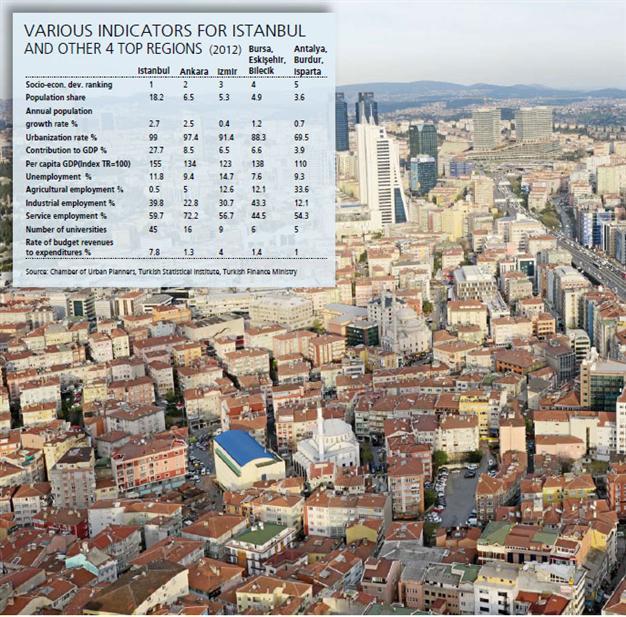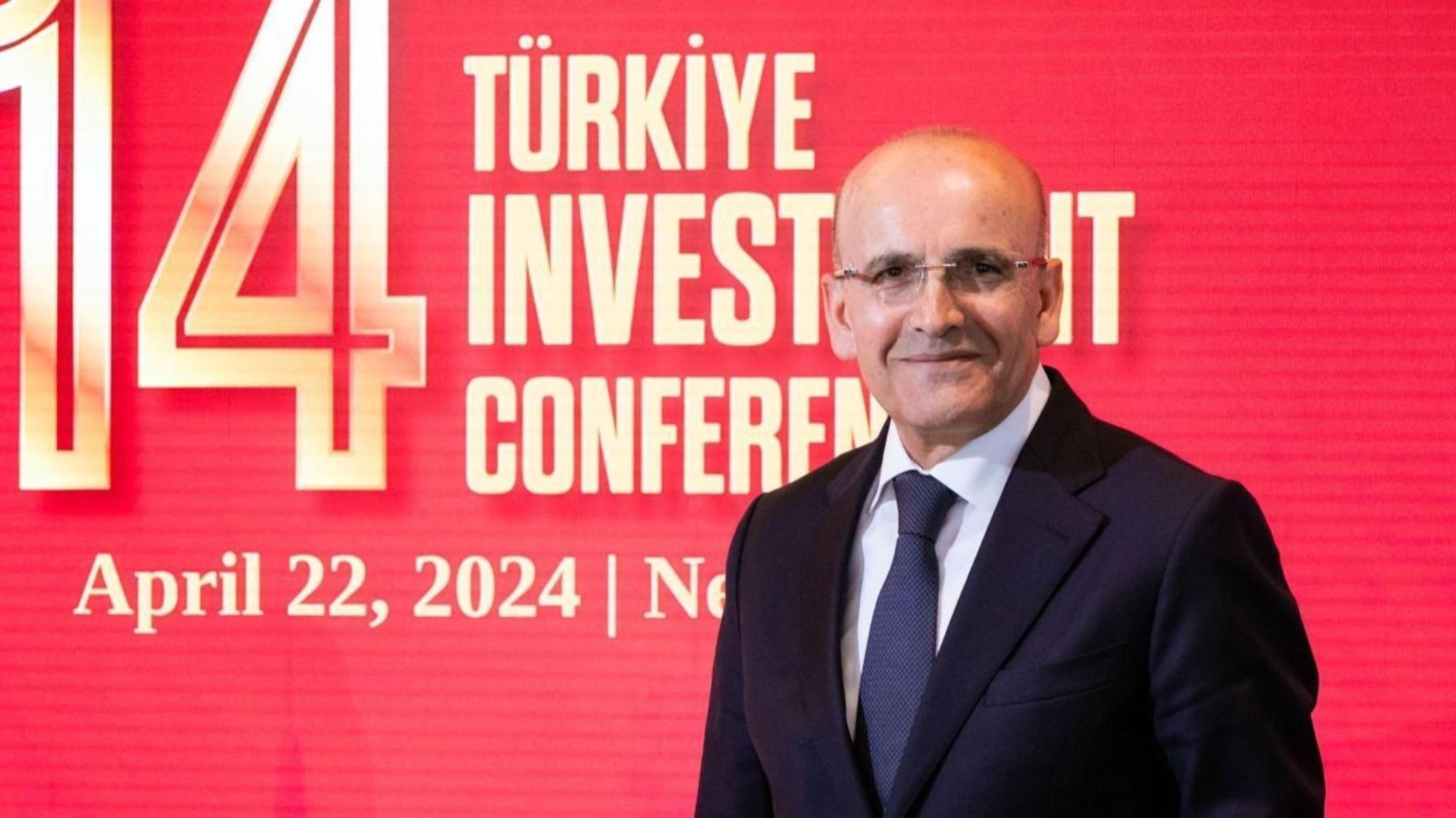Urban population objects to ‘sale’ of Istanbul by rent seeker actors
MUSTAFA SÖNMEZ

Istanbul’s urban projects should be perceived considering both its region and the whole country. DAILY NEWS photo, Emrah GÜREL
As the fire of Gezi Park protests spread across the country, the protestors from various classes, ethnicities, and ages meet on a common ground: “liberties.” This is what makes the protests in Turkey rather different from the Brazil demonstrations, which erupted at almost the same time. The main thing triggering the protests in Brazil is “equality,” or, objection to the relations of distribution and division, while the key term defining the Turkish protests is “freedom.” This demand is combined with the objections of the urban population to the exploitation of public property, and it is seemingly set to continue that way.The main determinant here is the struggle for Istanbul. In Istanbul, which has become an arena of major profit-seeking competition, there is an ongoing conflict that does not seem to end anymore. Contributing to about 30 percent of Turkey’s national income, Istanbul has become the center of capital accumulation, especially due to the country’s tendencies after 1980.
Both the organizers of international cooperation and domestic actors agree on Istanbul’s transformation into a global city and a center of capital accumulation, considering that the city makes up for about 19 percent of the country’s population and is increasing 3 percent annually. This transformation has effectively taken place over the last 30 years, but has caused an accumulation of anger both in Istanbul and Anatolia.
The capital Turkey earned with industrialization gradually spread into the neighboring cities of Istanbul, and in time the major capital groups mostly leant toward finance, communication, energy, shopping malls and plaza administrations, and profit investments in Istanbul. The less profitable industries were left to midsize enterprises in Anatolian cities such as Ankara, Kayseri, Denizli, Gaziantep, and Konya.
Profit rush
Until the period at which accumulation began to be obtained from industry, the major capitals did not target urban land very much. They did not pay attention to rural migrants occupying urban land with their squatter houses. This situation was even working to their benefit.
This picture completely changed after 1980. Large groups began to redesign Istanbul as a metropolis specialized in the service, finance, tourism, culture and media sectors by excluding industries as far as possible. At this point, the lands of old but central neighborhoods, which were by then occupied by former industrial workers, rapidly gained value.
So, the evacuation of these lower-class residents from these lands, as well as the privatization of public places was brought onto the agenda under the title of urban transformation.
Gentrification spread all over the city. For the ruling political power, construction - especially Istanbul-focused construction - was the main way to ease the process of blocked capital accumulation. The Turkish Housing Development Administration, or TOKİ, became the leader of this regime and allocated land. The urban transformation that came into play later on functioned as a spare wheel to be used in the event of earthquakes and so on.
Now, the transformation agenda includes “mega projects” such as the construction of the third Bosphorus bridge, the third airport, a new city, and “Canal Istanbul.” These are unlawful projects which are not available in Istanbul’s Land Use Plan and could cause damage in Istanbul’s forests and water basins. The Haydarpaşa and Galataport projects are also on the agenda. There are also intentions to turn Istanbul into a finance center.
All these acts bring one question to mind: “What kind of Istanbul do we want?” Everyone has a different wish about Istanbul. Big capitalists and the Justice and Development Party (AKP) regime want to make money out of the city and transform it from this perspective. They cleaned the Golden Horn of industry, but intend to make money by founding a culture industry rather than protecting cultural aspects. They aim to make money by turning the cultural assets of Istanbul into commodities.
But another path of transformation is possible. Istanbul should not have been an industrial city in the past either; this should not have been allowed. Those polluting the city should not have allowed, but capital accumulation does not care about any of this. Istanbul should not be handled individually and apart from Turkey with a common view of “Istanbul as a global city.”
When regarded as independent from Turkey, and when considered as if it is almost a different geography, they regard Istanbul as providing capital accumulation and integration in the global economy in the best way. When they focus on Istanbul alone, forgetting the rest of Turkey, it becomes even more a center of attraction, attracting more capital and more migration. We need a comprehensive image and vision for Turkey.
What will happen to the eastern, southeastern, Black Sea and Mediterranean regions of the country? What will the function of other cities in the whole picture be? What can we do to slow down migration and meet people’s essential needs in the cities where they live? In order to plan this, it is necessary to take Istanbul into consideration. For that, we need a democratic plan considering regional balances and development. Istanbul and its residents can only be relieved in that way.
















